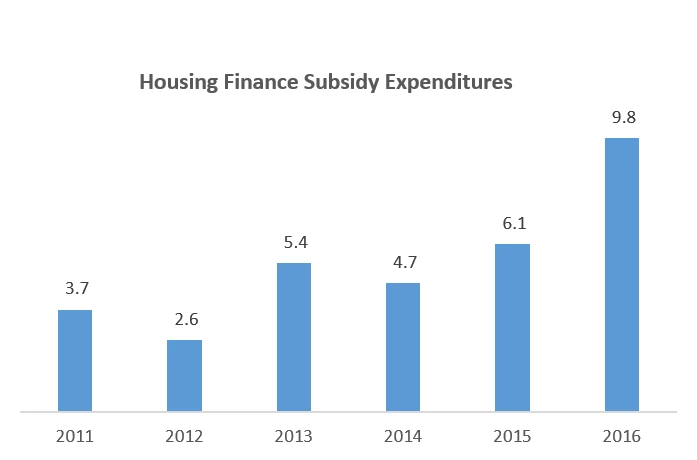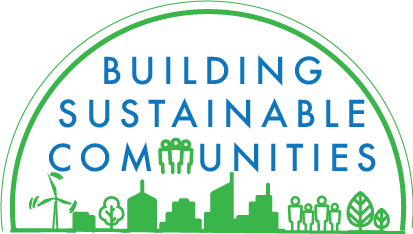When first-time homeowner Dewi moved into her new house in the Yogyakarta area a year ago, thanks to a government subsidy program, she thought: everything is perfect.
Well, not quite. Located an hour away from the city center, Dewi’s house is far from employment opportunities, shopping, and schooling for her two children. Two years after completion, more than half the housing development remains unoccupied. Because the house is not connected to the local water system, Dewi buys water twice a week. When seasonal floods are underway, the heavy rains impede access to her house.
Providing affordable and adequate housing has become a top policy priority for the government of Indonesia with the launch of Satu Juta Rumah (One Million Homes) program. Previous efforts to address the demand for affordable housing – a function of both new annual demand creation and an unmet housing deficit – had not effectively improved housing outcomes at the scale necessary.

But should homeownership volume be the sole indicator of a successful housing subsidy program? Is it possible to have a program that meets the government’s needs to be fiscally and economically cost effective, while also responding to the private market as well as the needs of residents?
Options are being explored. The recently approved National Affordable Housing Program Project (NAHP), for example, aims to innovate the affordable housing market by addressing bottlenecks and actively engaging the private sector in delivering for unserved segments. So far, Indonesia’s efforts provide valuable lessons. The lessons are:
1. Prioritize subsidies for those who need them most, while crowding in the private sector
Subsidy design in Indonesia has led to programs that benefit middle-income, salaried households, while crowding out the private sector, rendering the government fully accountable and keeping the mortgage market small. The NAHP enables a savings down payment (known by its Indonesian acronym BP2BT) – a credit-linked subsidy program with market-based pricing – that will prioritize unserved income segments – informal and lower-income workers without distorting the market.
2. Present adequate housing alternatives for those without access to the formal housing market
Many families live in sub-standard housing but have no means to upgrade their homes. The NAHP will be co-funding a government program for home improvement and re-construction (known by its Indonesian acronym BSPS) to address the qualitative housing deficit of 3.4 million. More than 125,000 households are expected to be eligible for the grants, which start at the equivalent of a thousand dollars, depending on the level of degradation.
3. Ensure that subsidies support safe, resilient housing
The use of inappropriate materials, limited construction knowledge, and lack of monitoring pose health and safety risks to families receiving the grants. Add to the list of risks the perennial specter of earthquakes and flooding. The NAHP will support the strengthening of delivery standards, optimization of operations, and capacity to mitigate disaster risks under the BSPS program. For developer-built housing under the BP2BT program, new policies will mandate that construction quality requirements and basic infrastructure provision are met prior to subsidy disbursement.
4. Promote evidence-based policy-making
Robust data is integral to effective policy formulation. Budget deadlines and political decisions may force policymakers to enact programs without a system for monitoring and evaluation. The Bank is supporting the government’s establishment of a Housing and Real Estate Information Center (HREIC), which will collect and analyze data on housing supply and demand and serve as a think tank for the housing stakeholders: public and private housing providers, academics, and civil society organizations.
5. Build the capacity of strategic stakeholders
Given their limited understanding of underwriting informal and low-income segments, many private mortgage lenders are hesitant to venture down market. The World Bank is providing international best practices to strengthen credit assessment, under-writing, and risk management practices. Meanwhile, local governments can be strapped of resources, with limited capacity for planning and implementing housing programs. The NAHP is strengthening local government capacity through training, workshops, and preparation of housing plans.
Ultimately, the arbiter of the NAHP’s success are hopeful home-owners like Dewi. Would you agree?
Related links:
- Read more blog posts on affordable housing
- Download report: Indonesia’s Urban Story
- Subscribe to our Sustainable Communities newsletter and Flipboard magazine
- Follow @WBG_Cities on Twitter






Join the Conversation